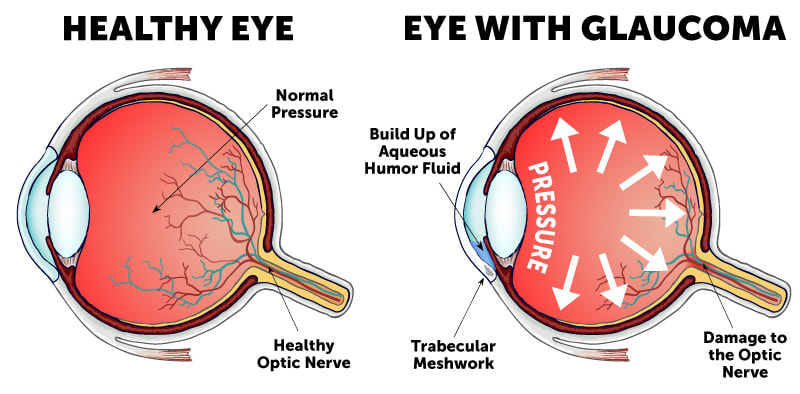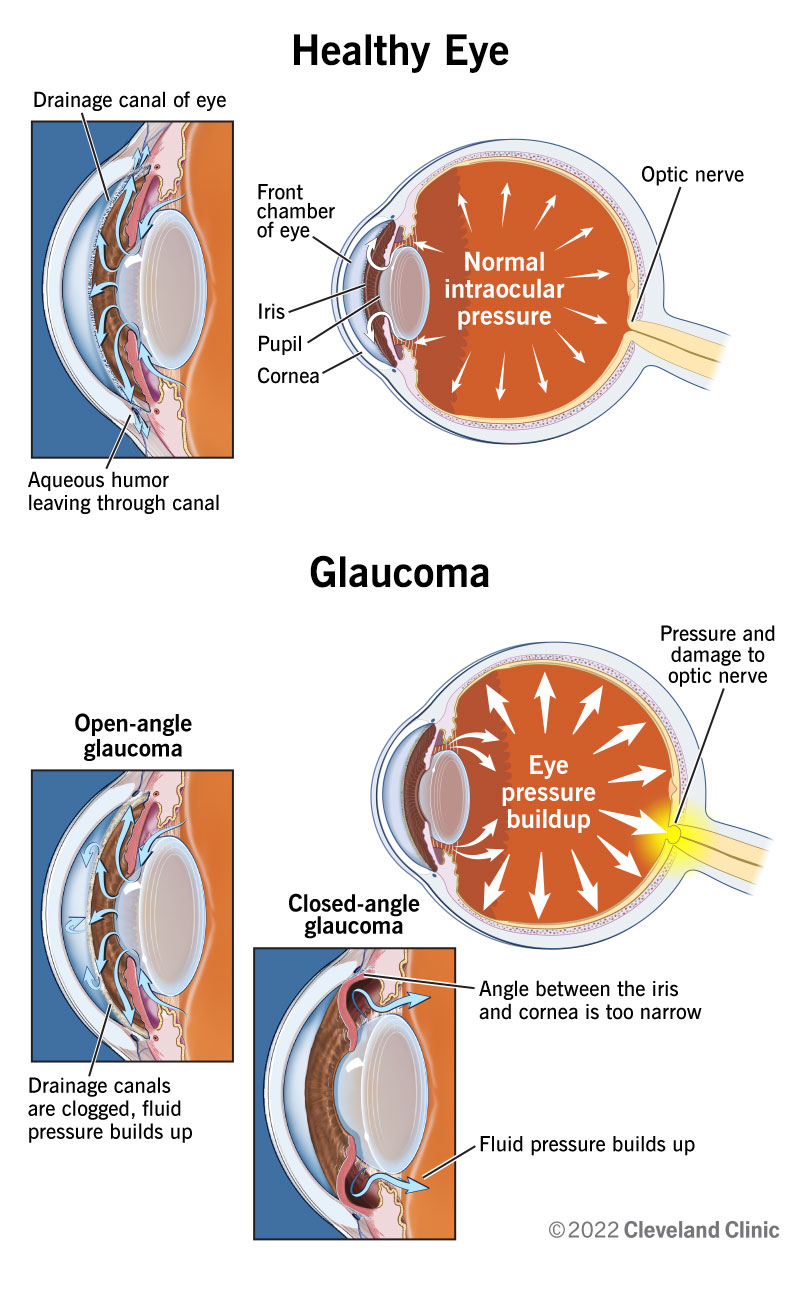Dependable Glaucoma Service Near Me: Secure Your Sight with Specialists
Dependable Glaucoma Service Near Me: Secure Your Sight with Specialists
Blog Article
Comprehending the Various Vision Correction Procedures Available for Clearer View
In the realm of vision modification treatments, a plethora of options exist to address refractive mistakes and offer individuals with more clear view. From the widely acknowledged LASIK surgical procedure to much less invasive procedures like PRK and implantable lenses, the field of ophthalmology provides a variety of strategies tailored to match different needs and preferences. Each treatment features its very own collection of considerations, benefits, and possible risks. Comprehending the nuances of these vision modification methods is vital for making educated choices about one's aesthetic health and wellness. Allow's explore the intricacies of these treatments and shed light on the course to achieving enhanced vision clearness.
LASIK Surgical Procedure
LASIK surgical treatment is a typical refractive treatment utilized to correct vision issues such as farsightedness, astigmatism, and nearsightedness - retina service near me. This medical strategy, which represents Laser-Assisted in Situ Keratomileusis, aims to improve the cornea to improve just how light is concentrated on the retina, inevitably improving vision quality. During the procedure, a slim flap is created on the cornea, and a laser is made use of to remove accurate quantities of cells to improve it suitably. This improving allows for light to be properly concentrated onto the retina, fixing refractive mistakes.
One of the main benefits of LASIK surgical procedure is the rapid renovation in vision experienced by patients. Numerous individuals discover a substantial enhancement in their eyesight right away after the procedure. Additionally, many people report marginal pain and pain throughout the surgery and healing duration. The recuperation time for LASIK is fairly quick, with lots of individuals going back to their day-to-day activities within a day or 2 post-operation. Generally, LASIK surgical treatment is a preferred option for individuals looking for a long-term option for their vision issues.
PRK Procedure
While also a typical refractive treatment, the PRK (Photorefractive Keratectomy) strategy varies from LASIK surgery in its strategy to fixing vision troubles. In PRK, rather than producing a flap on the cornea, the outer layer of the cornea, called the epithelium, is entirely eliminated. This allows the laser to reshape the cornea to deal with refractive mistakes such as farsightedness, nearsightedness, and astigmatism straight externally.

Regardless of the longer recuperation time, PRK can produce excellent outcomes in vision improvement, making it a useful option for those that might not appropriate candidates for LASIK surgical procedure.
Implantable Lenses
Unlike PRK where the cornea is reshaped straight, implantable lenses supply an additional method for dealing with vision by putting man-made lenses inside the eye. This procedure is particularly valuable for people with high levels of astigmatism, farsightedness, or nearsightedness that might not be suitable prospects for laser surgical procedures like LASIK or PRK.
Implantable lenses, additionally called phakic intraocular lenses, work by supplementing the eye's natural lens with a fabricated one. refractive surgeries in al. These lenses can be put before the natural lens (former chamber) or behind the iris and in front of the all-natural lens (posterior chamber) By readjusting the power and positioning of these lenses, ophthalmologists can successfully correct refractive errors and boost aesthetic skill
One advantage of implantable lenses is that they are exchangeable and detachable, supplying flexibility for future changes. As with any surgical treatment, there are dangers included, such as infection or cataract formation. Clients taking into consideration implantable lenses must seek advice from with an eye treatment specialist to figure out the most ideal option based on their individual needs and eye health.
Corneal Rings
Corneal rings, likewise referred to as intracorneal ring sectors, are tiny, transparent devices put into the cornea to deal with vision distortions such as keratoconus. Keratoconus is a condition where the cornea thins and protrudes outside, causing vision to become distorted. The insertion of corneal rings assists to flatten the cornea, boosting aesthetic acuity and minimizing the irregular astigmatism triggered by keratoconus.
The procedure for placing corneal rings is minimally intrusive and relatively quick, typically carried out as an outpatient procedure. During the surgical procedure, the ophthalmologist makes a small cut in the cornea and inserts the rings at a details depth. As soon as in place, the rings help to improve the cornea, offering a smoother surface area for light to go into the eye, which can lead to more clear vision.
Corneal rings are thought about a reversible treatment, as they can be eliminated or replaced if essential. eyecare near me. While they might not totally get rid of the demand for glasses or contact lenses, corneal rings can considerably improve vision top quality and overall visual this article comfort for people with keratoconus or other corneal irregularities
Refractive Lens Exchange
Following the modification of corneal abnormalities with procedures like corneal rings, an additional vision improvement strategy that can attend to refractive mistakes is Refractive Lens Exchange (RLE) RLE is a surgery that includes replacing the eye's all-natural lens with an artificial intraocular lens (IOL) to correct refractive mistakes such as farsightedness, nearsightedness, and presbyopia. This treatment is specifically helpful for individuals who might not be ideal candidates for treatments like LASIK or PRK because of aspects such as slim corneas or high refractive errors.

Final Thought
In conclusion, there are numerous vision improvement procedures available to aid individuals attain more clear sight. LASIK surgery, PRK treatment, implantable lenses, corneal rings, and refractive lens exchange are all choices that can deal with different vision Discover More problems.
In the world of vision correction treatments, a plethora of alternatives exist to resolve refractive mistakes and offer individuals with clearer sight.LASIK surgical treatment is a typical try this out refractive procedure utilized to fix vision troubles such as farsightedness, nearsightedness, and astigmatism.While additionally a common refractive treatment, the PRK (Photorefractive Keratectomy) strategy differs from LASIK surgery in its method to correcting vision troubles.Adhering to the modification of corneal abnormalities with procedures like corneal rings, an additional vision modification strategy that can deal with refractive mistakes is Refractive Lens Exchange (RLE) LASIK surgical procedure, PRK treatment, implantable lenses, corneal rings, and refractive lens exchange are all choices that can address various vision problems.
Report this page